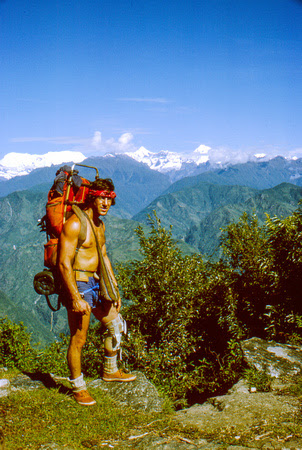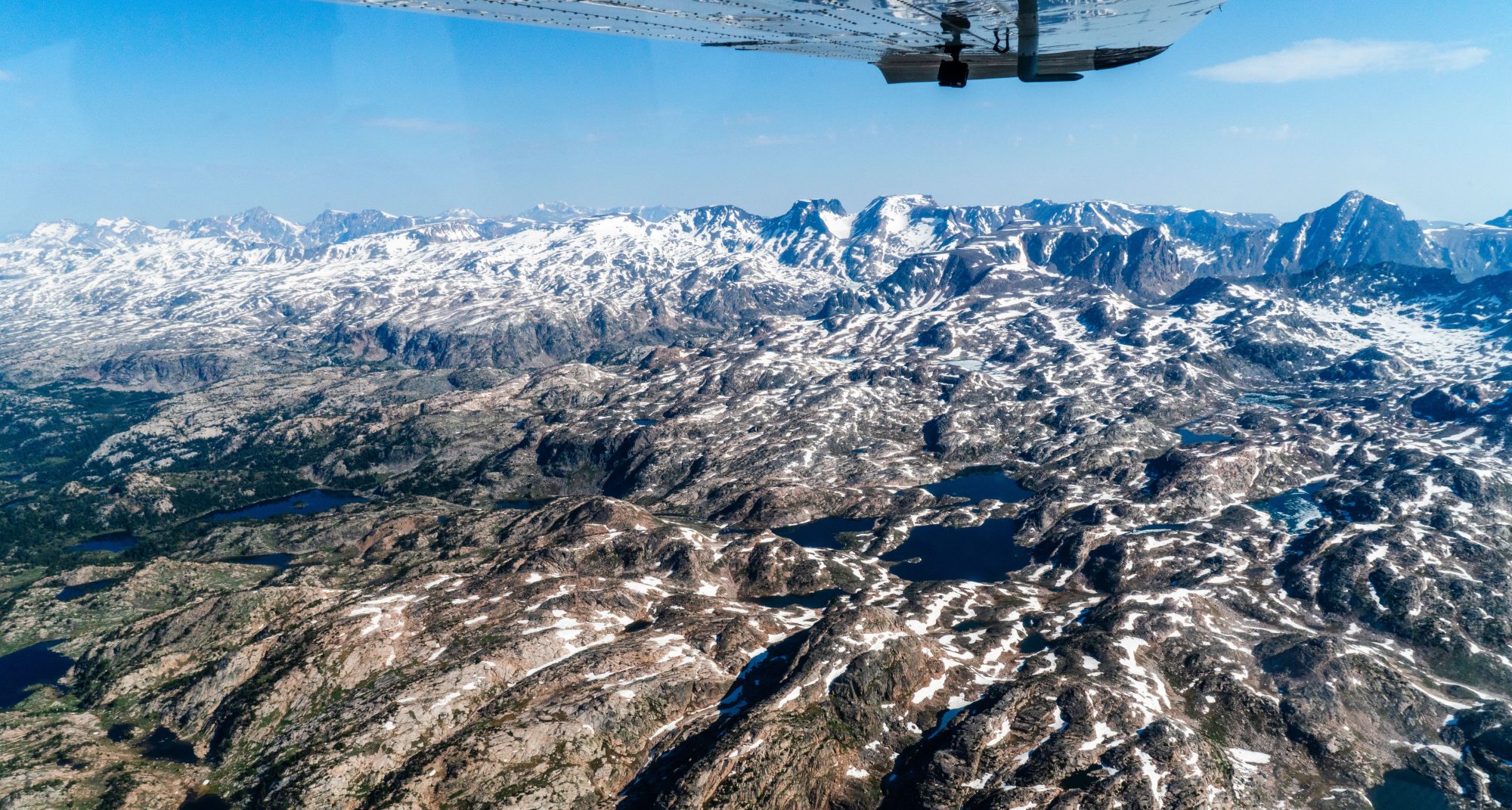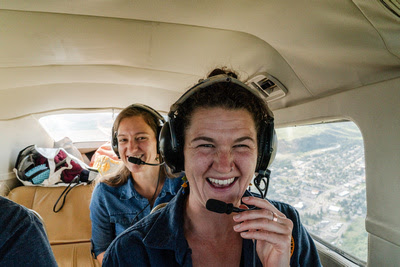Starship 1XE, Day 15 in the month August, Earth Calendar year 2024.

I have traveled near and far and being a mountain man back in the day, I developed a deep awe for the special landscapes where tectonic plates collide and override each other. The Beartooths are just such a place. The range is part of the 944,000 acre Absaroka-Beartooth Wilderness, located in south central Montana and northwest Wyoming. Many of you may have driven the famous Beartooth Highway which serves as the northeastern gateway to Yellowstone Park, about 70 miles of breathtaking views from the town of Red Lodge to Cooke City. The Absaroka Wilderness is one of the wildest places on our continent and provides great and healthy habitat for the mighty grizzly and every other imaginable creature of the Rocky Mountains. Spectacular, with wild waterfalls, raging creeks, rivers, and even as we are well into the summer, some icebound lakes.
The peaceful mountain town of Red Lodge has, for the most part, been immune to the huge influx of people après Covid but it is quickly becoming more renowned, and this is where we set down for a series of flights.
Major rivers and creeks and streams emanating from the huge plateau of the Beartooths flooded the small town last year. It was an unusually warm spring, our mountains were blanketed in big snow, and with a quickly warming climate, runoff happened at an accelerated pace.


Working with Montana Trout Unlimited, we flew the Montana Department of Fish, Wildlife & Parks, Carbon County disaster and relief officials, and press to examine the landscape and its recovery. It was exciting to be back in this wildly spectacular country. About six years ago, we were involved with regional conservation groups to protect East Rosebud Creek as Wild & Scenic.
Well, that creek and many of the creeks in the Greater Yellowstone area flooded catastrophically – the Yellowstone River, Rock Creek, Soda Butte, and Stillwater – iconic waterways that pour down from the plateau right next to Yellowstone National Park. It is hard to imagine the force of these floods, until you look down and see camping areas gone, crumbling roads, collapsed river banks, and rubble everywhere.



Our flight passengers are working to help the streams recover and to prevent massive future floods. The groups have an interesting approach – to reintroduce woody material and healthy riparian vegetation into the stream channels to strengthen their banks and restore biodiversity.
I didn’t initially grasp the concept and the ample environmental benefits it is bringing. I admit, I thought harvesting downed timber and placing it in the stream would cause further damage – and what about the kayakers?! But, I quickly grasped the process as our passengers detailed how introducing logs and flora can make a big difference for a river.
They explained the logs are deliberately placed in the riverbank to avoid being flushed downstream. Along with native plant restoration, the plant roots and timber help stabilize the riverbanks. Leafy material also contributes nutrients to the water and soil, promoting riparian plant growth and river restoration.
EcoFlight’s photos and the observations and discussions on board are helping our partners better understand how to mitigate destruction from future floods, while they work to preserve and restore these pristine waterways near Yellowstone.
Best,
Bruce Gordon